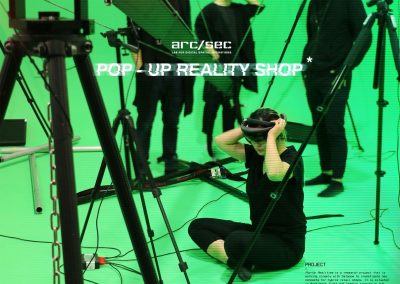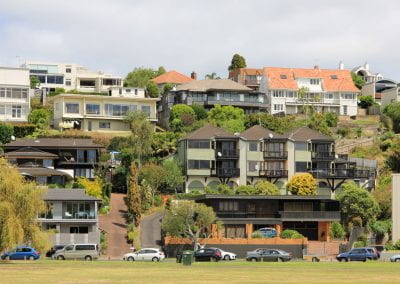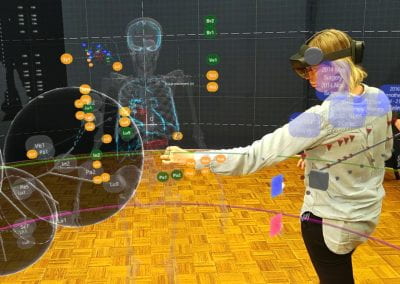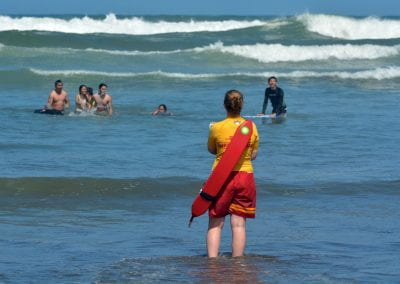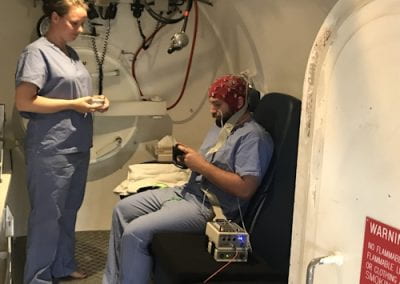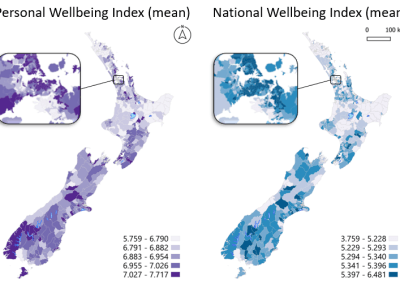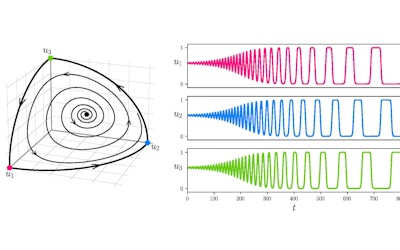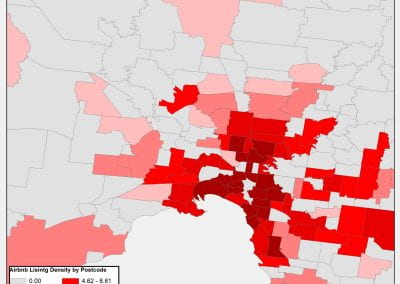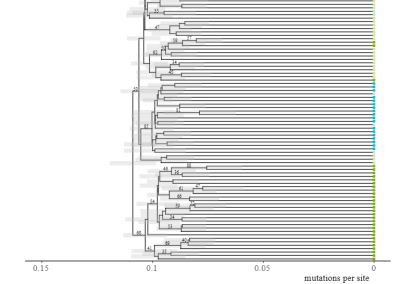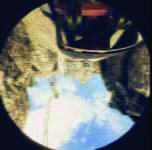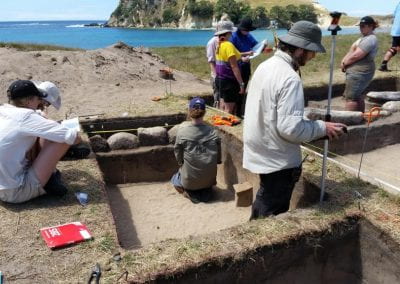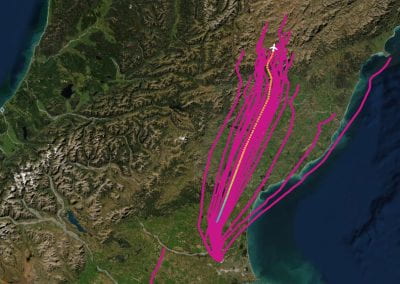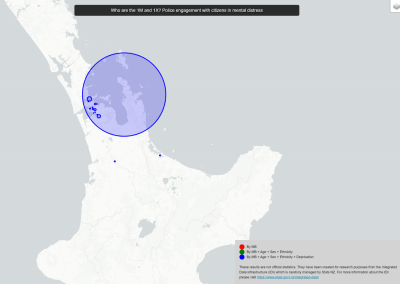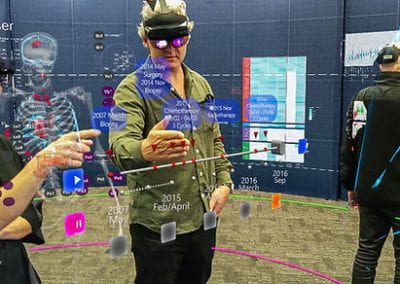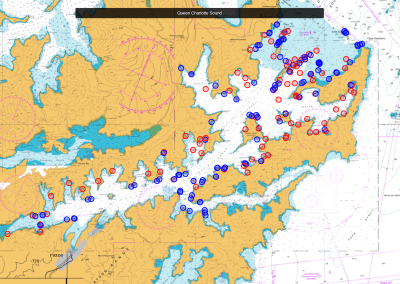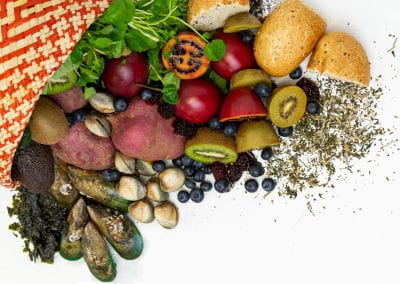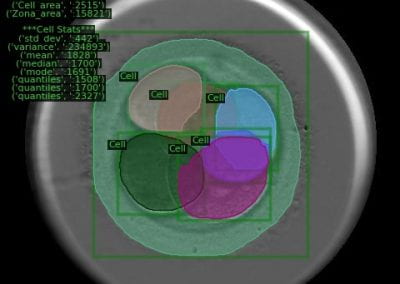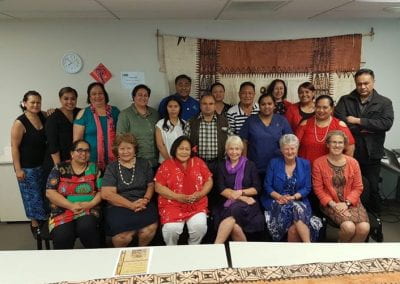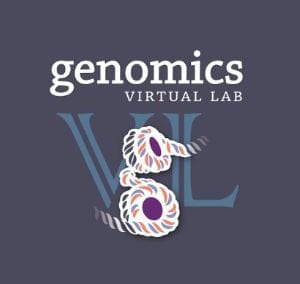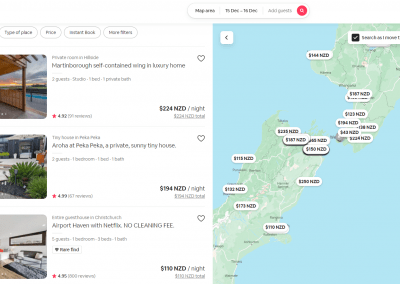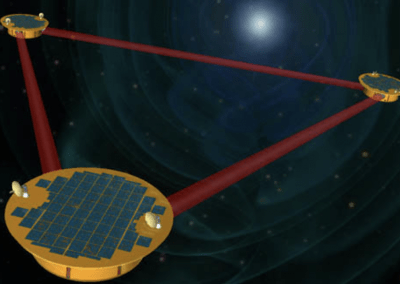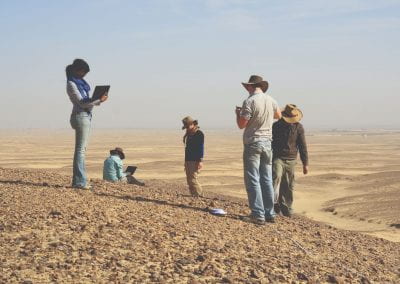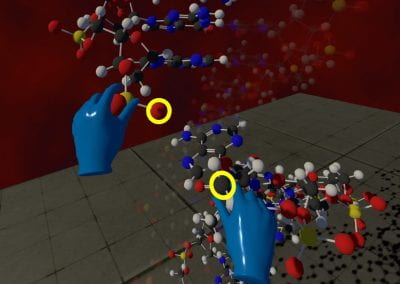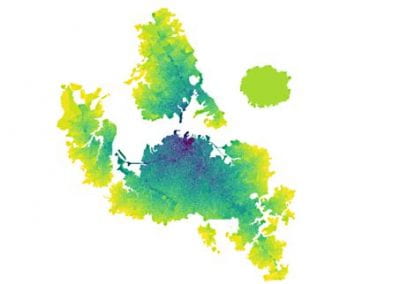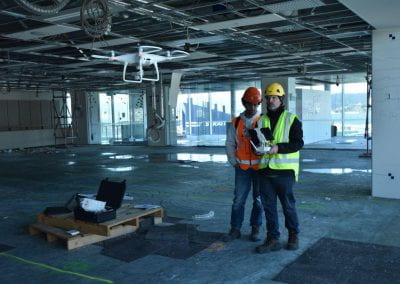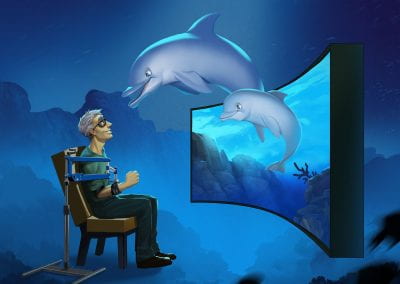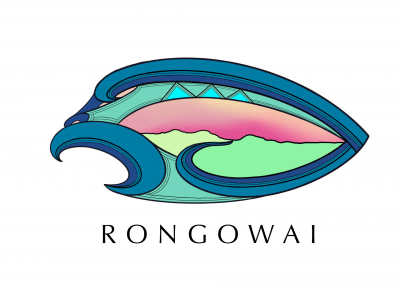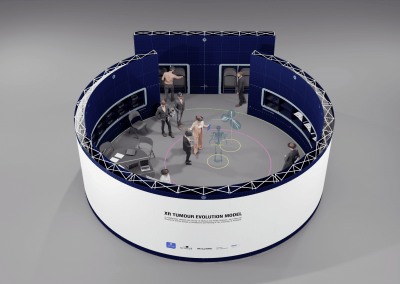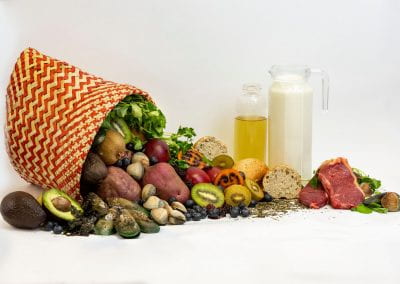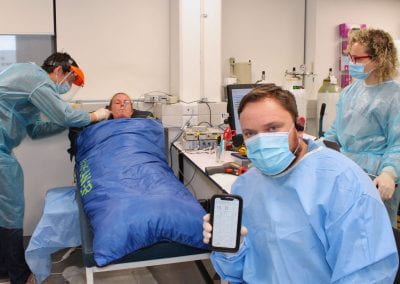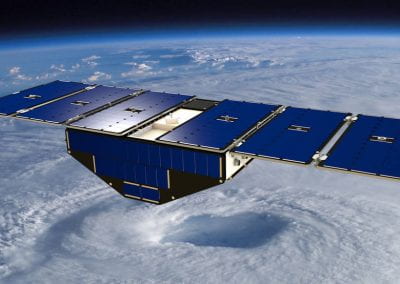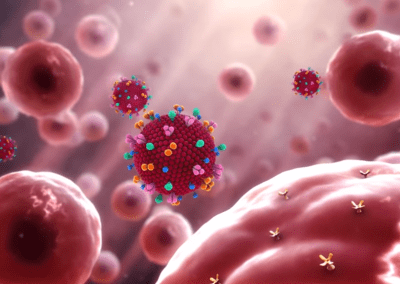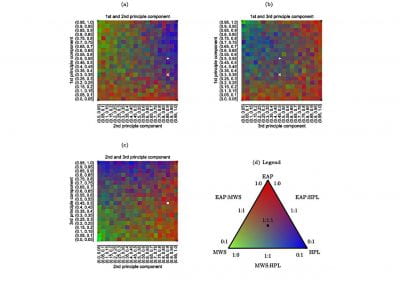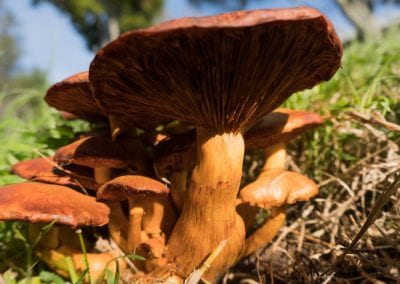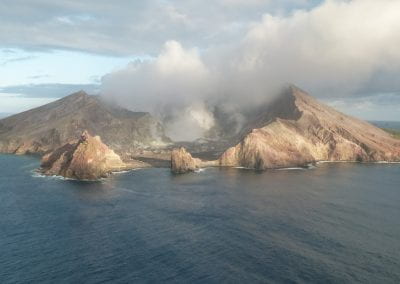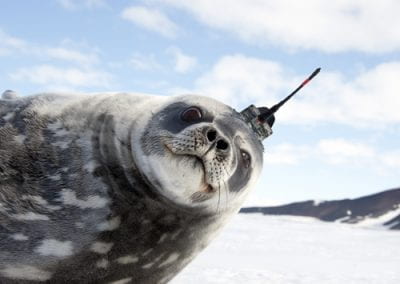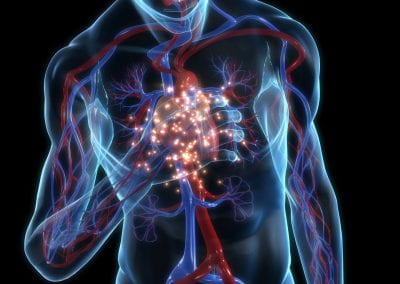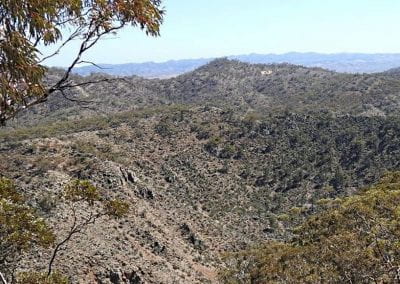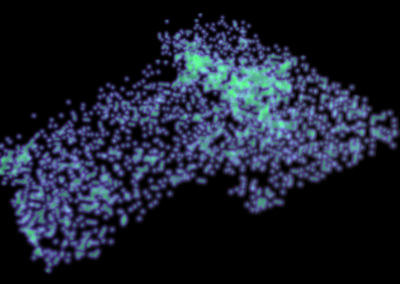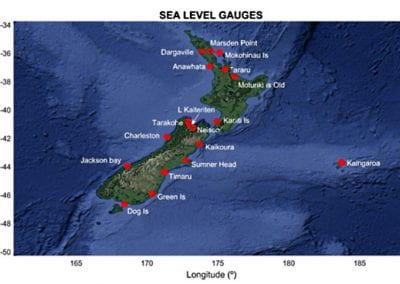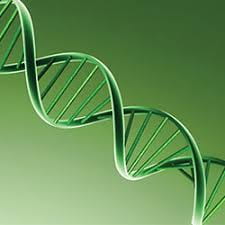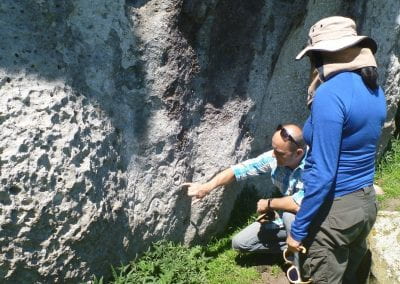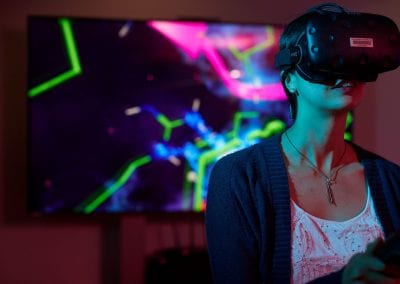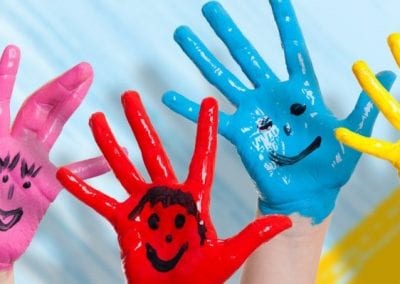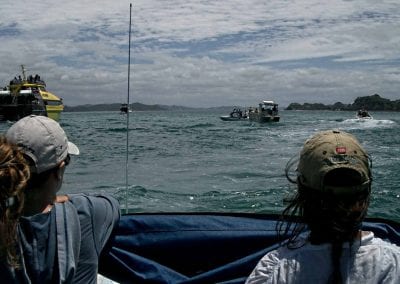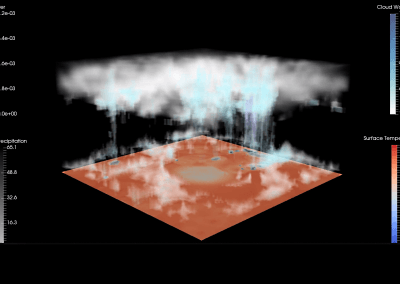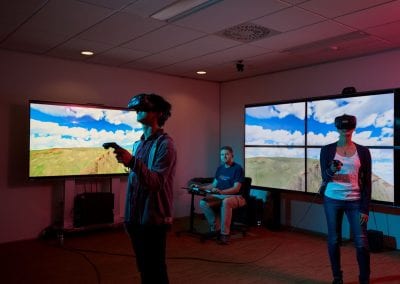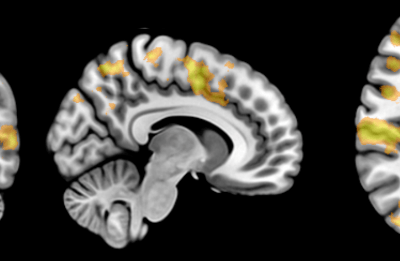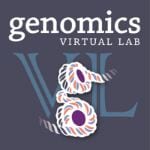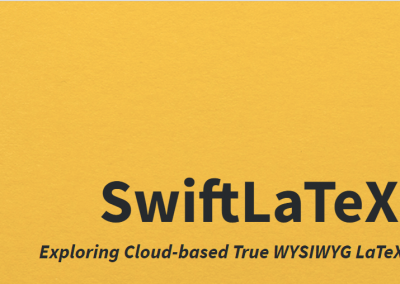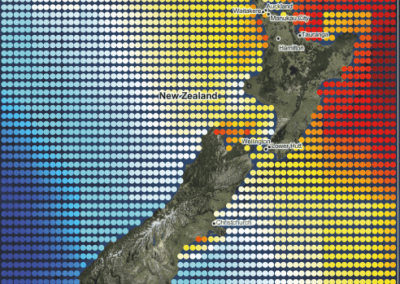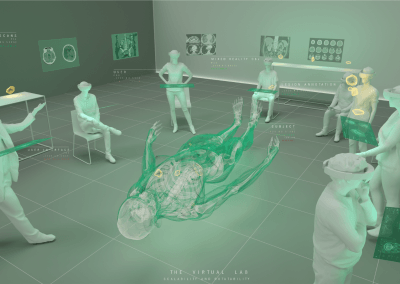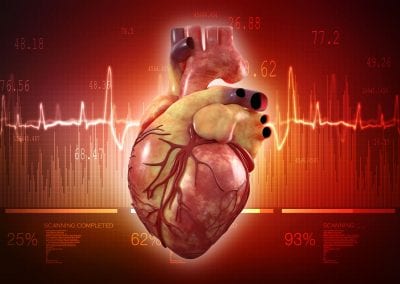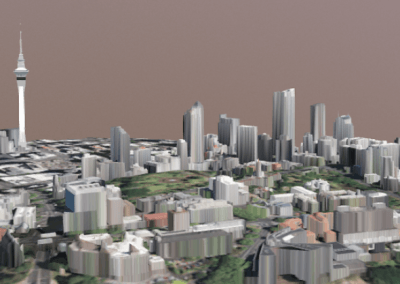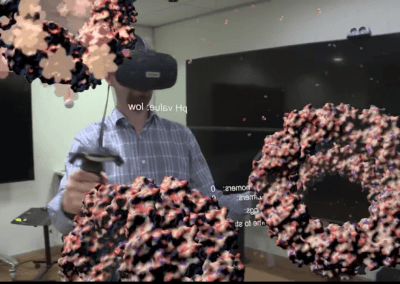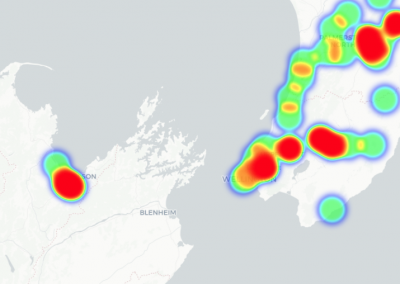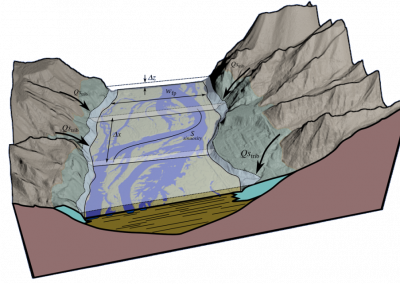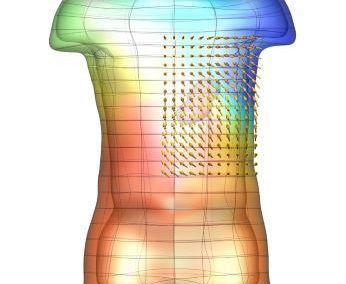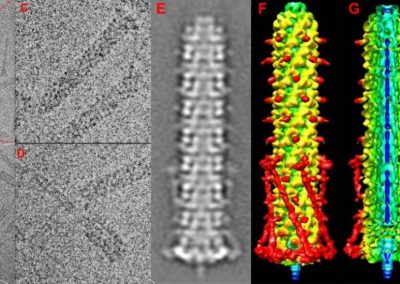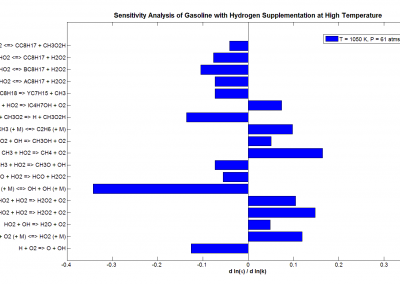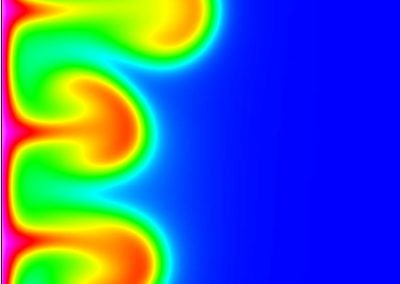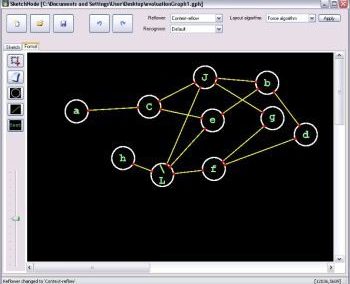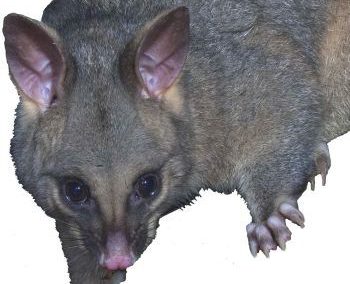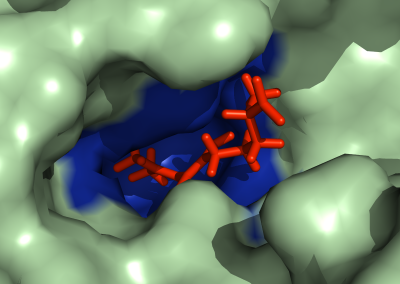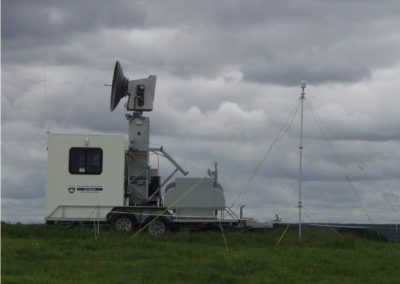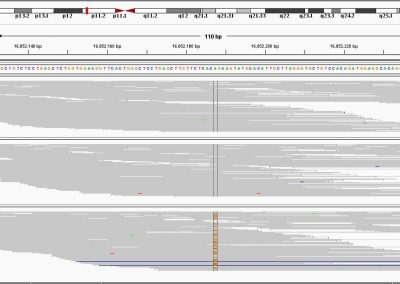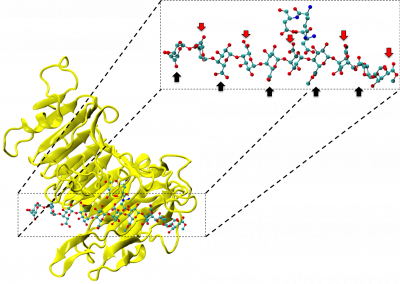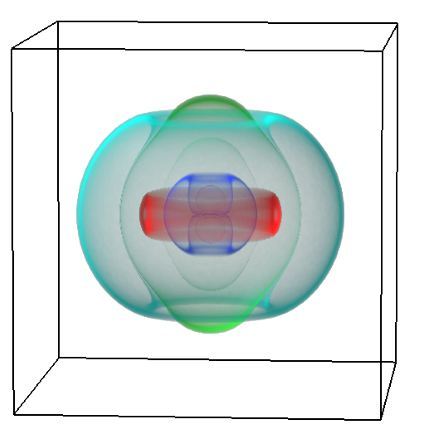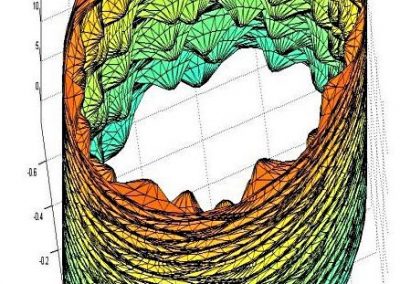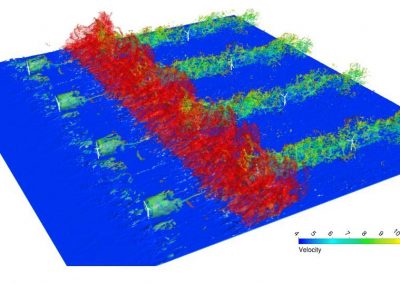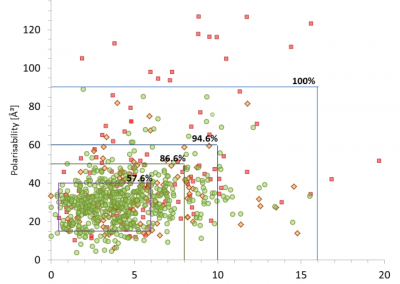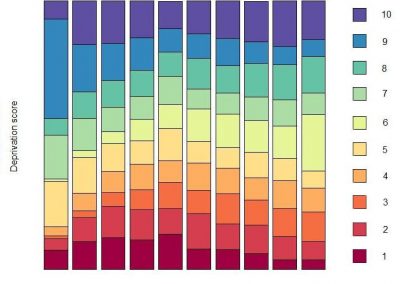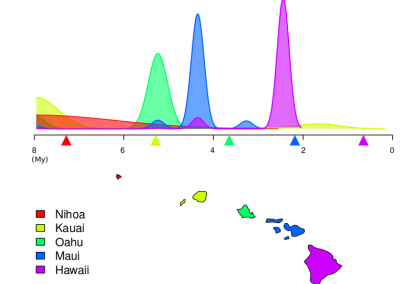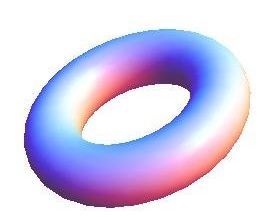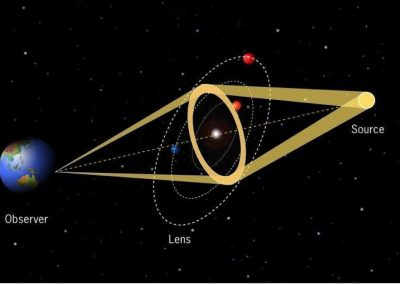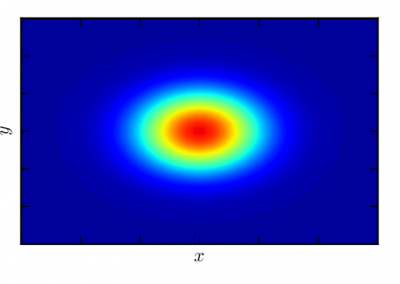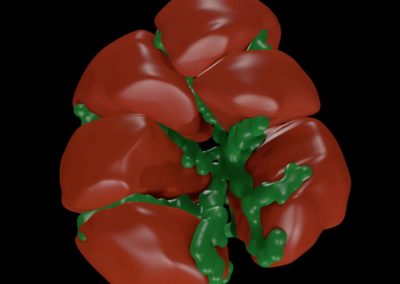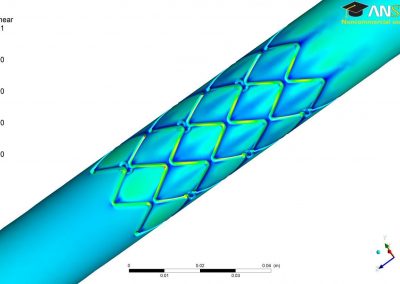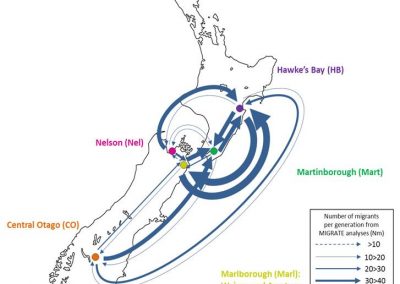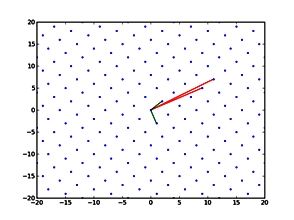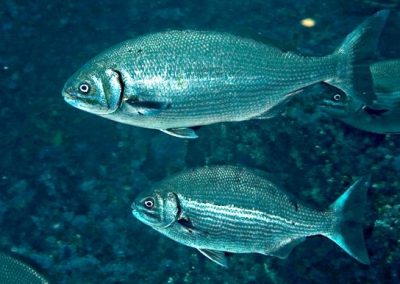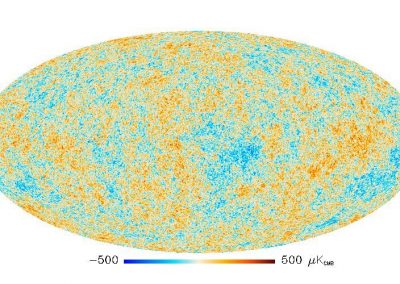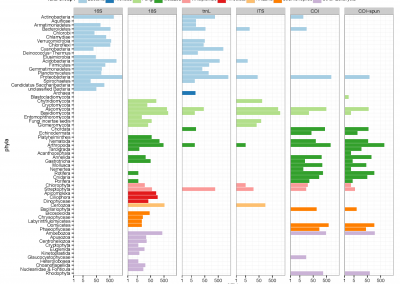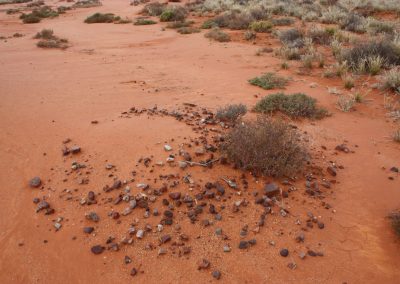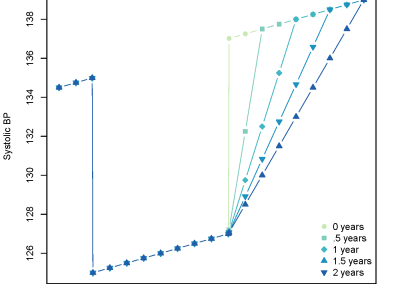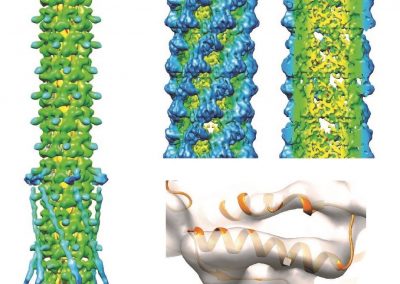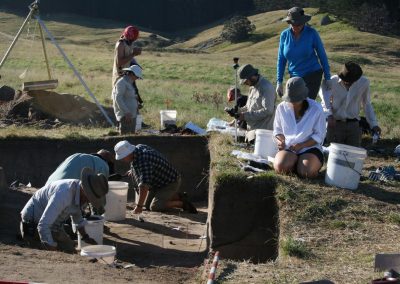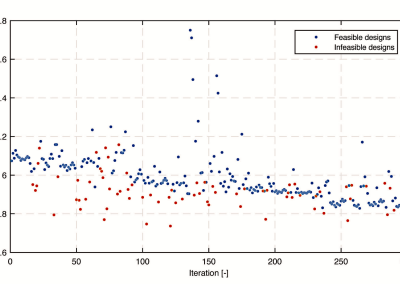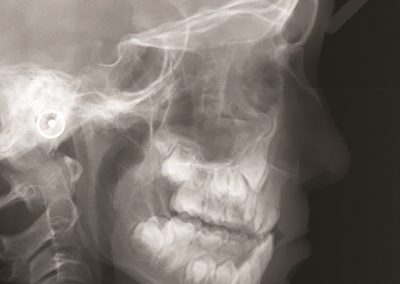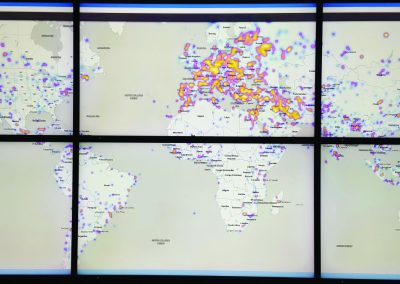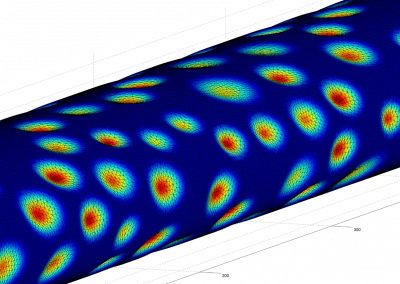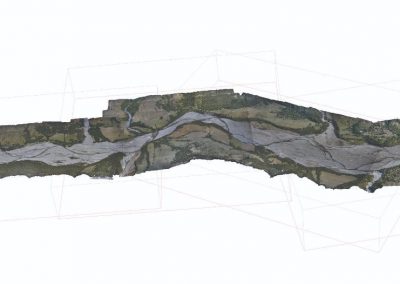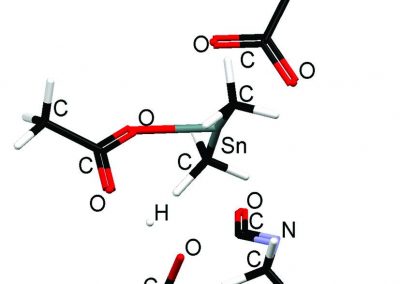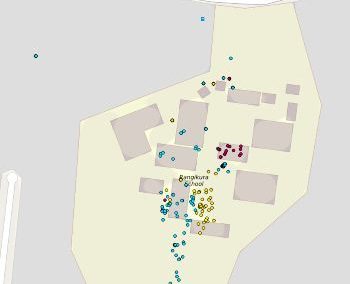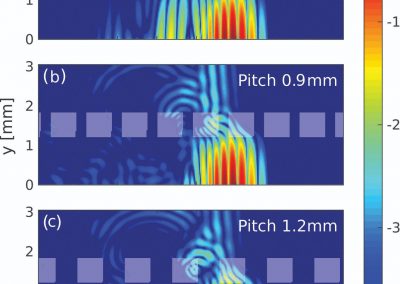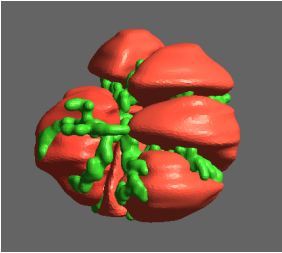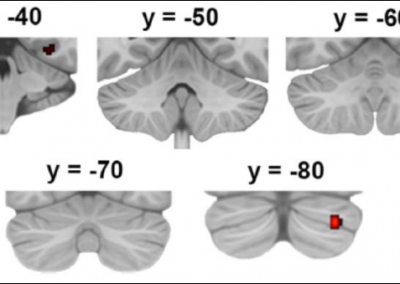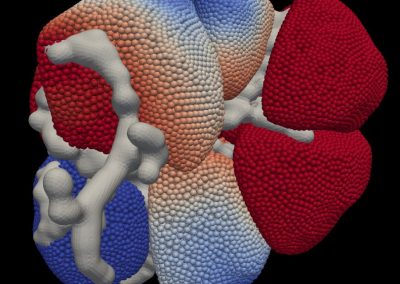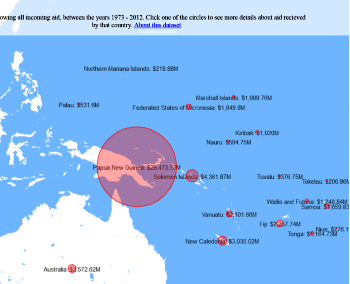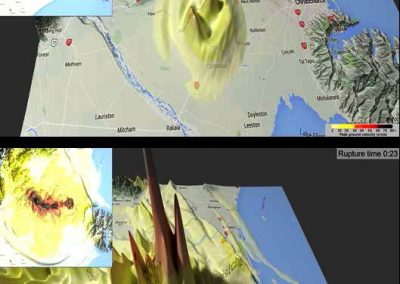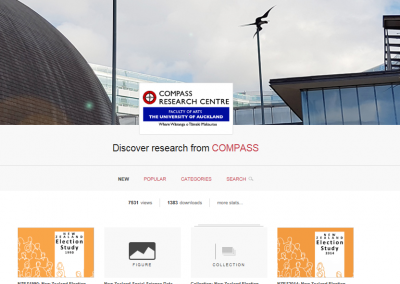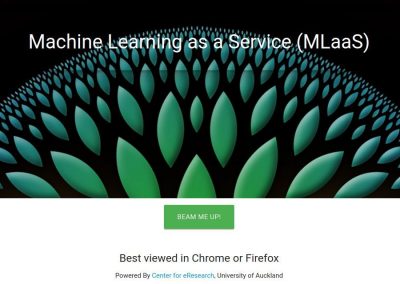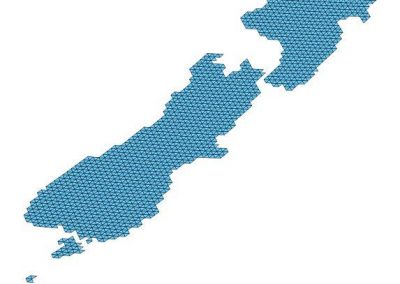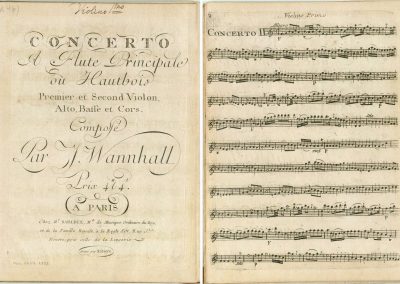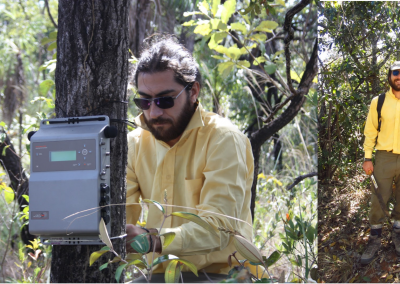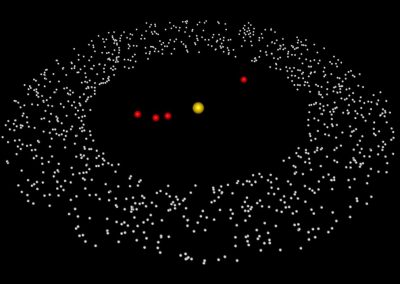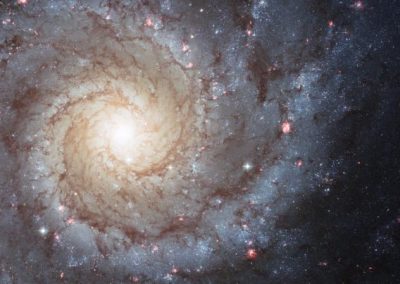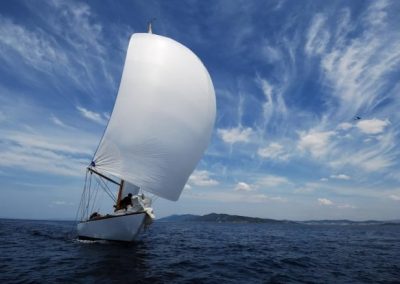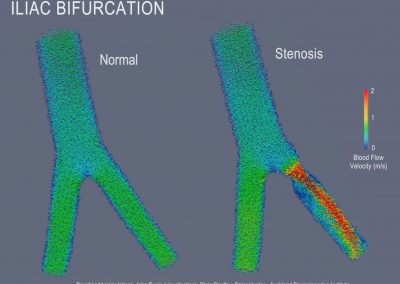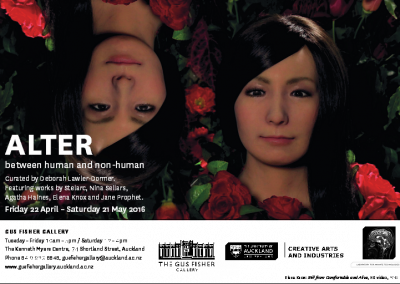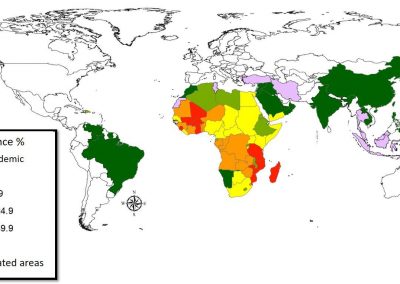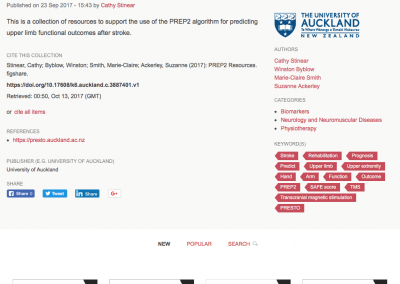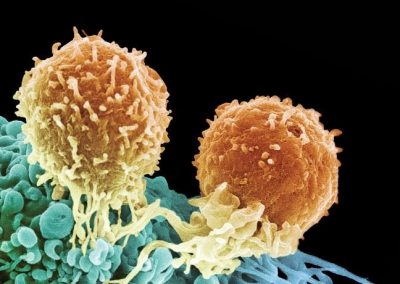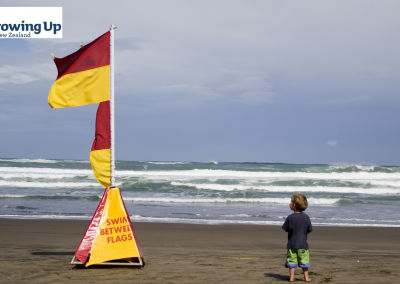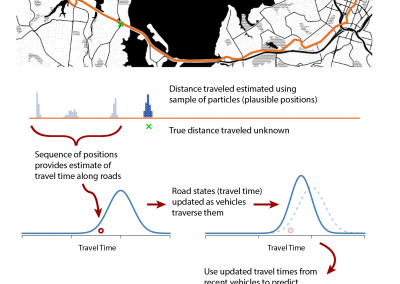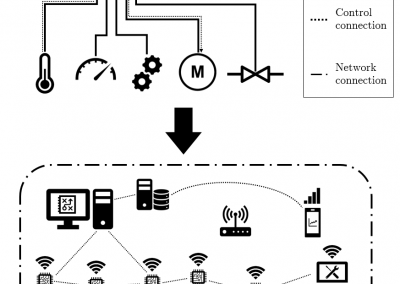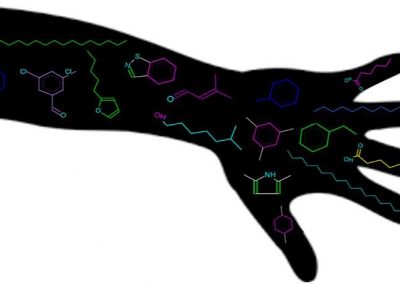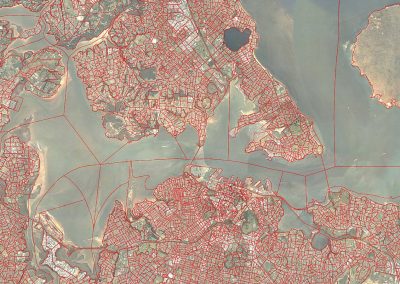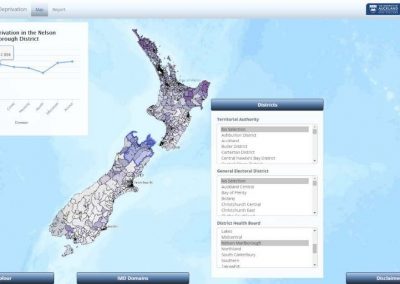
Biological heritage eDNA virtual hub - National Science Challenge
Nick Young, Warrick Corfe-Tan, Centre for eResearch; Dr Austen Ganley, School of Biological SciencesBackground: National Science Challenge
The New Zealand’s Biological Heritage National Science Challenge aims to reverse the decline of this country’s biological heritage by protecting and managing native biodiversity, improving biosecurity, and enhancing resilience to harmful organisms. The Challenge includes research on ways to reduce rates of incursion or establishment by foreign invader species, and to enhance and restore the resilience of vulnerable ecosystems to prevent biodiversity loss and mitigate the effects of global change. The Challenge’s national partnership will deliver a step-change in research innovation, technologies and sector action to help reduce the increasing pressures on our environment. The objective is to protect and manage New Zealand’s biodiversity, improve our biosecurity, and enhance our resilience to harmful organisms.
Note: The background information and logo for this National Science Challenge is attributed to the website of Ministry of Business, Innovation & Employment (MBIE) regarding the New Zealand Biological Heritage initiative.
eDNA virtual hub
Environmental DNA or eDNA is DNA that is collected from a variety of environmental samples such as soil, water, or even air rather than directly sampled from an individual organism. Small regions of the DNA can then be used as a “barcode” to identify what organisms the DNA came from. This is a very powerful way to determine what microbial species are present in environmental samples, as these species are very difficult to identify through traditional means. It is also a powerful way to determine the presence of larger species, as the DNA from organisms is expelled and accumulates in the environment through things like leaves, flowers, faeces, mucus, shed skin, and hair. Therefore, analysis of environmental samples by high-throughput DNA sequencing methods can give a snap-shot of the community of organisms that are/were present in the sample. This form of analysis, known as metagenomics or metabarcoding, enables rapid measurement and monitoring of biodiversity from a wide source of species.
Dr. Austen Ganley from the School of Biological Sciences has been working with Nick Young and Warrick Corfe-Tan from the Centre for eResearch to develop a database to store environmental eDNA data, and a visualization website (eDNA hub) to visualize the presence of species identified from eDNA data across Aotearoa. This will enable anyone to see where species have been found across the country using eDNA data.
The goal of the project
The project aims to produce a web-based visualisation system to geographically display eDNA data from New Zealand. This display is designed to be used by a wide range of users, including the general public. It runs via a map-based view of NZ, with a scalable grid showing where organisms have been found, with the grids displayed as a heatmap based on organism abundance. In addition, the project also aims to create a database to store eDNA community data and its associated metadata from across Aotearoa, with the web visualization running off this database. The prime motivations of this work are that aggregating data collected by different groups across the country provides great power in being able to collectively describe the biodiversity of Aotearoa as seen through eDNA data, and in being able to find biodiversity patterns that will aid in reversing the decline of this country’s biological heritage. At a practical level, the visualisation hub will enable users to select taxonomic groups they are interested in so their distributions can be seen, as well as to limit the view to the communities found in certain environmental and/or geographical conditions, such as certain environment niches, elevations, types of land status, etc.
To further help users assess biodiversity status, the hub will provide graphical views of basic biodiversity metrics and between-sample community similarity comparisons, based on visualizations developed by Dr. Andrew Dopheide (Biological Heritage National Science Challenge/Landcare Research) and Prof. Ian Dickie (Biological Heritage National Science Challenge/University of Canterbury).
The project is an open source project at https://github.com/uoa-eresearch/eDNA.
See more case study projects:

Our Voices: using innovative techniques to collect, analyse and amplify the lived experiences of young people in Aotearoa
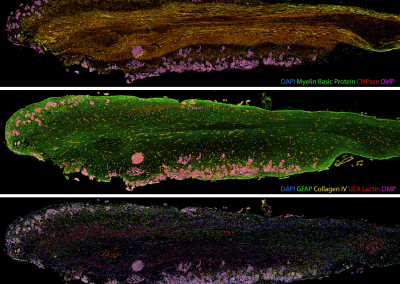
Painting the brain: multiplexed tissue labelling of human brain tissue to facilitate discoveries in neuroanatomy
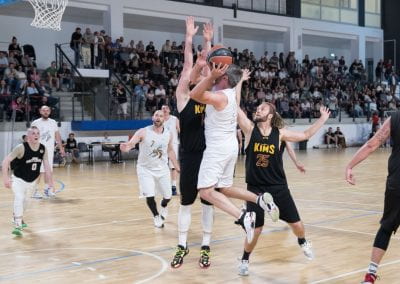
Detecting anomalous matches in professional sports: a novel approach using advanced anomaly detection techniques
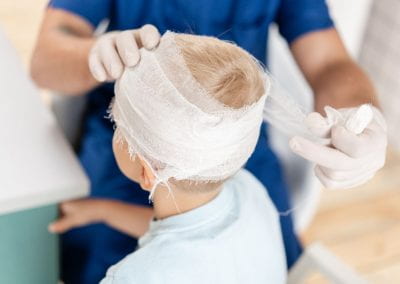
Benefits of linking routine medical records to the GUiNZ longitudinal birth cohort: Childhood injury predictors
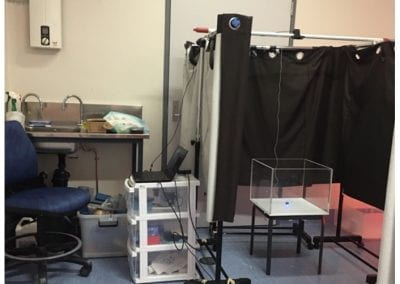
Using a virtual machine-based machine learning algorithm to obtain comprehensive behavioural information in an in vivo Alzheimer’s disease model
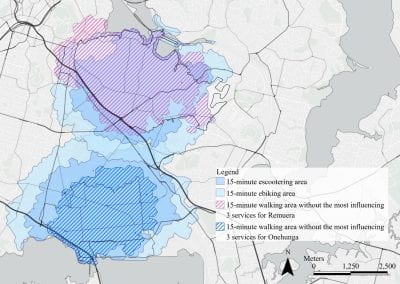
Mapping livability: the “15-minute city” concept for car-dependent districts in Auckland, New Zealand
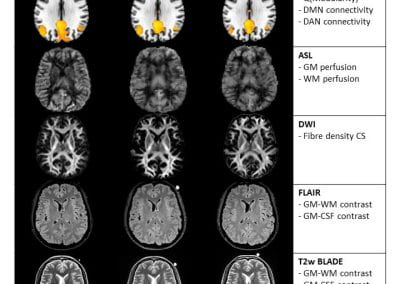
Travelling Heads – Measuring Reproducibility and Repeatability of Magnetic Resonance Imaging in Dementia
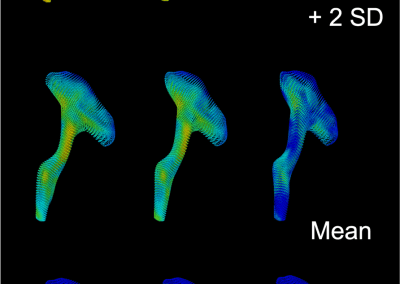
Novel Subject-Specific Method of Visualising Group Differences from Multiple DTI Metrics without Averaging
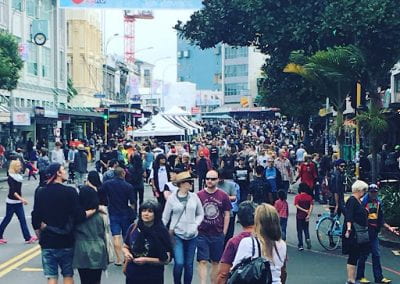
Re-assess urban spaces under COVID-19 impact: sensing Auckland social ‘hotspots’ with mobile location data
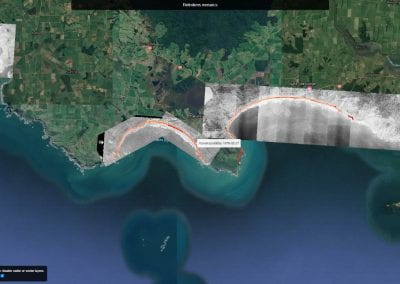
Aotearoa New Zealand’s changing coastline – Resilience to Nature’s Challenges (National Science Challenge)
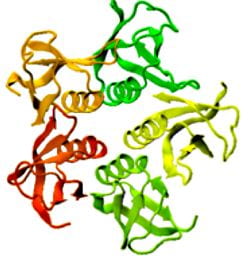
Proteins under a computational microscope: designing in-silico strategies to understand and develop molecular functionalities in Life Sciences and Engineering
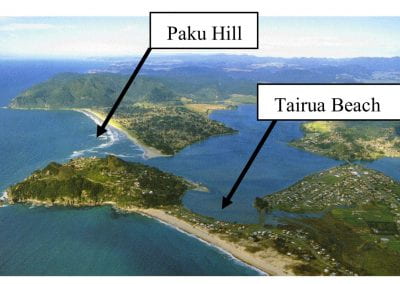
Coastal image classification and nalysis based on convolutional neural betworks and pattern recognition
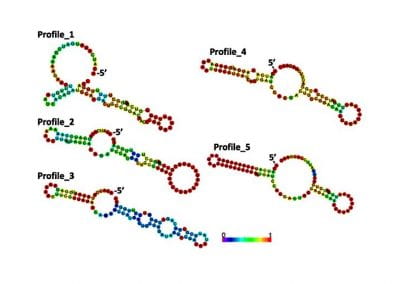
Determinants of translation efficiency in the evolutionarily-divergent protist Trichomonas vaginalis
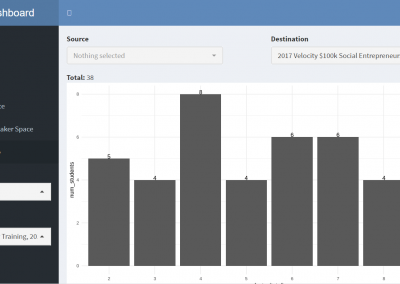
Measuring impact of entrepreneurship activities on students’ mindset, capabilities and entrepreneurial intentions
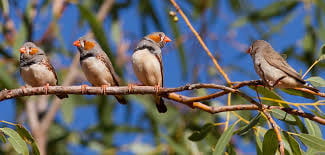
Using Zebra Finch data and deep learning classification to identify individual bird calls from audio recordings
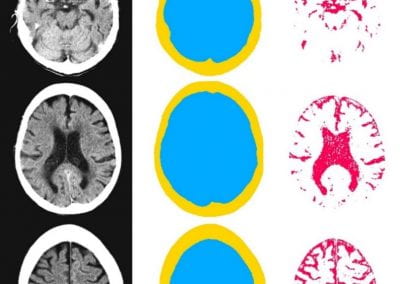
Automated measurement of intracranial cerebrospinal fluid volume and outcome after endovascular thrombectomy for ischemic stroke
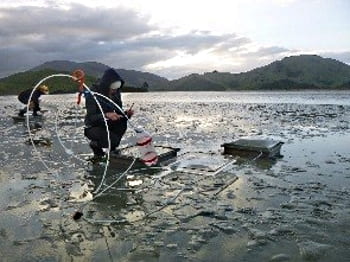
Using simple models to explore complex dynamics: A case study of macomona liliana (wedge-shell) and nutrient variations
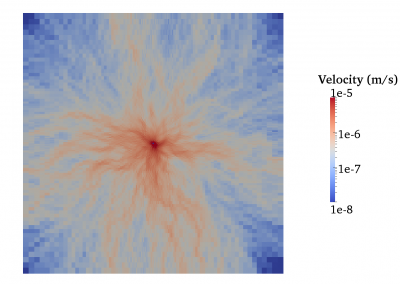
Fully coupled thermo-hydro-mechanical modelling of permeability enhancement by the finite element method
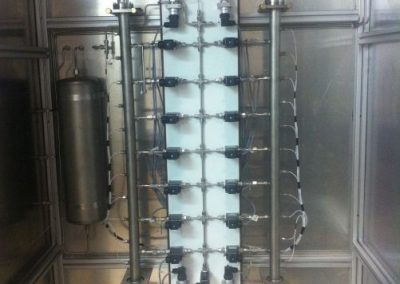
Modelling dual reflux pressure swing adsorption (DR-PSA) units for gas separation in natural gas processing
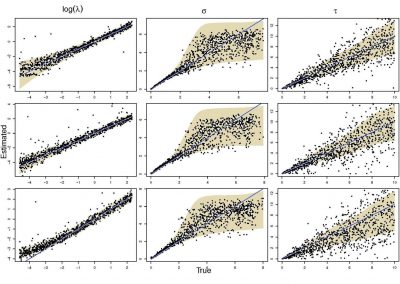
Molecular phylogenetics uses genetic data to reconstruct the evolutionary history of individuals, populations or species
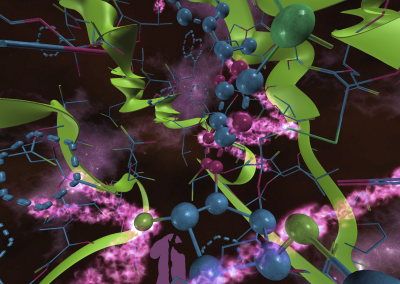
Wandering around the molecular landscape: embracing virtual reality as a research showcasing outreach and teaching tool
